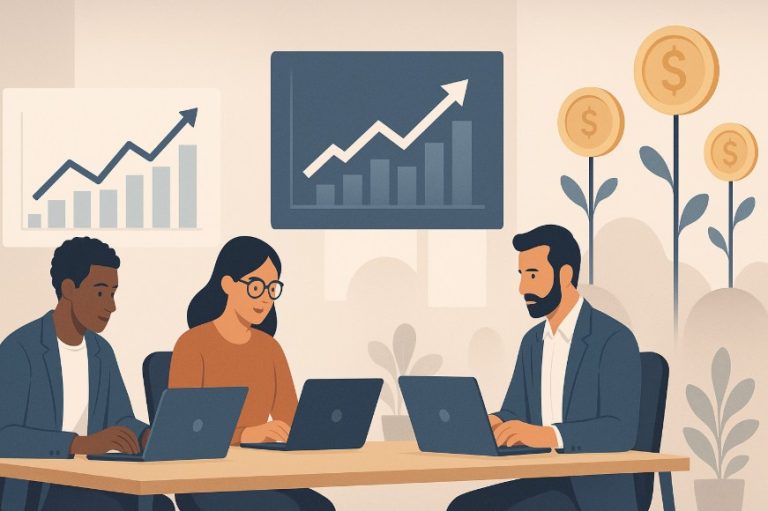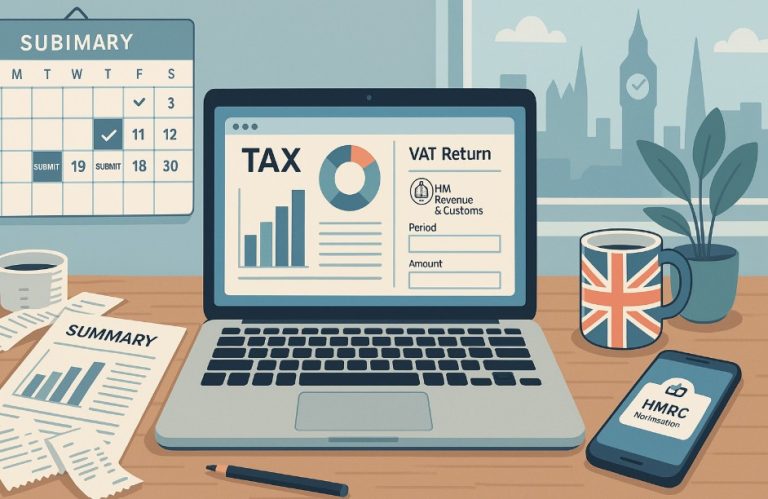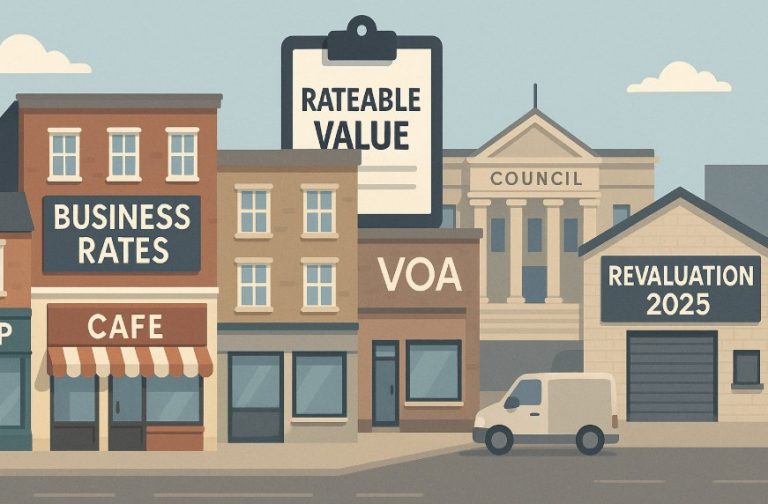HMRC SEISS Grant: What UK Startups Need to Know in 2025?
In 2020, when the COVID-19 pandemic brought much of the global economy to a standstill, the UK government introduced a variety of financial support schemes to cushion the blow for businesses and workers.
Among the most significant was the Self-Employment Income Support Scheme (SEISS), administered by HMRC. Designed to support self-employed individuals and members of partnerships, this scheme became a vital source of income for millions.
Although the HMRC SEISS Grant is no longer open to new claims, understanding its framework, eligibility rules, compliance requirements, and legacy impact remains critical, especially for startups managing past grants or preparing for future support schemes.
What Was the HMRC SEISS Grant and Why Was It Introduced?

The Self-Employment Income Support Scheme (SEISS) was introduced on 26 March 2020 as part of the UK Government’s emergency response to the COVID-19 outbreak.
Its primary objective was to provide direct financial support to self-employed individuals whose income had been significantly impacted by the pandemic. This included those who were unable to work due to shielding, illness, caring responsibilities, or reduced demand.
The grant was open to individuals who met specific criteria related to tax return history and income levels. By focusing on those whose trading profits formed the bulk of their income, HMRC aimed to ensure the support reached those most reliant on self-employment.
Unlike employment-based furlough schemes, SEISS addressed the needs of over 3.3 million self-assessment taxpayers in the UK.
These included a wide range of individuals, from sole traders and gig economy workers to freelance professionals and business partners, who were often more financially vulnerable during lockdown periods.
How Was SEISS Eligibility Determined?
Eligibility for the SEISS grant evolved over time. In its early stages, HMRC used tax return data from 2018–2019 to assess eligibility and grant values. Later grants included data from the 2019–2020 tax year to account for newly self-employed individuals.
To qualify for SEISS, an individual had to meet the following core conditions:
- Traded in the relevant tax years (e.g., 2018–2019, 2019–2020)
- Submitted a Self Assessment tax return before the designated deadline
- Had trading profits of £50,000 or less
- Earned more than 50% of their total income from self-employment
- Continued to trade or intended to resume trading
- Experienced adverse financial impact due to COVID-19
An individual’s eligibility was automatically assessed by HMRC using their tax data. If found potentially eligible, they were contacted directly and invited to apply through the official SEISS portal.
Claims could only be made by the taxpayer themselves and not by agents or accountants.
How Did SEISS Grants Change Over Time?
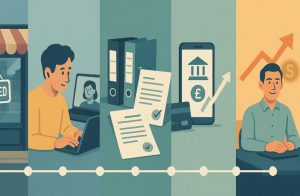
Over its 17-month lifespan, SEISS evolved through five rounds of financial support. Each grant was based on average trading profits and paid out as a single, taxable instalment.
Summary of SEISS Grant Rounds
| Grant | Claim Period | Coverage Period | Support Level | Cap | Eligibility Notes |
| First | 13 May – 13 July 2020 | March–May 2020 | 80% of profits | £7,500 | Based on 2018–2019 returns |
| Second | 17 Aug – 19 Oct 2020 | June–Aug 2020 | 70% of profits | £6,570 | Adversely affected after 14 July 2020 |
| Third | 30 Nov 2020 – 29 Jan 2021 | Nov 2020 – Jan 2021 | 80% of profits | £7,500 | Business must have been impacted from 1 Nov 2020 |
| Fourth | 22 Apr – 1 June 2021 | Feb – Apr 2021 | 80% of profits | £7,500 | Based on 2019–2020 returns |
| Fifth | 29 July – 30 Sept 2021 | May – Sept 2021 | 30–80% depending on turnover | Up to £7,500 | Introduced a turnover test |
Each subsequent grant took into account evolving circumstances and the extended timeline of the pandemic. Notably, the fifth and final grant introduced a turnover test to differentiate between businesses more or less affected.
How Did the Turnover Test Affect the Fifth SEISS Grant?
The fifth grant introduced a more targeted assessment by requiring claimants to complete a Financial Impact Declaration.
This required applicants to compare their pandemic year turnover (April 2020 to April 2021) to a reference year, which could be either 2018–2019 or 2019–2020.
Fifth SEISS Grant Turnover-Based Payment Levels
| Turnover Reduction | Grant Level | Maximum Payment |
| 30% or more | 80% of profits | £7,500 |
| Less than 30% | 30% of profits | £2,850 |
This model allowed HMRC to better tailor the grant to the severity of financial loss. Newly self-employed individuals were not subject to the turnover test and could receive the full 80% if otherwise eligible.
What Were the Special Eligibility Cases for SEISS?
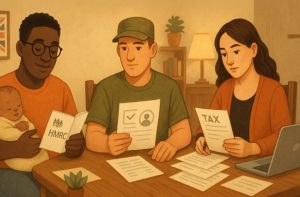
As the scheme matured, HMRC expanded eligibility to accommodate exceptional circumstances. Two key groups benefitted from revised rules:
New Parents
Self-employed parents who:
- Had reduced trading income due to maternity/paternity leave
- Missed the 2018–2019 tax return deadline
We were later allowed to apply through a bespoke manual verification route. Once verified, they could claim backdated grants and all subsequent rounds, provided they met standard criteria.
Armed Forces Reservists
Reservists who were previously ineligible due to military pay affecting their income ratio were permitted to base their claims on two years of tax data (2016–2018), assuming at least 90 days of active service in 2018–2019. Like new parents, they were given access to all five grants post-verification.
How Did Businesses Access and Submit SEISS Claims?
Claiming a SEISS grant was designed to be a straightforward process, though it required self-certification of eligibility. Individuals were invited by HMRC via email, SMS, or post.
SEISS Access Methods
| Method | Requirements |
| Online via the HMRC Portal | Government Gateway credentials |
| Telephone Support | Identity verification over the phone |
Agents were not permitted to file claims on behalf of clients. This restriction aimed to reduce fraud and ensure that applicants confirmed the eligibility declarations themselves.
For the fifth grant, an additional step was added: individuals had to input and calculate pandemic vs reference year turnover using HMRC’s guidance.
Was the SEISS Grant Taxable?
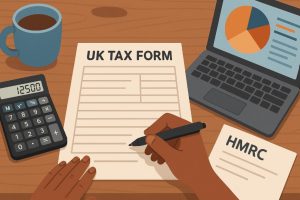
Yes. All SEISS grants were considered taxable income and had to be included in the recipient’s Self Assessment tax return in the tax year they were received. They were also subject to National Insurance contributions.
Failure to declare SEISS grants accurately could lead to penalties or repayment demands. HMRC cross-referenced applications with tax returns and, where discrepancies arose, issued compliance letters.
What Are the Compliance and Reporting Responsibilities Post-SEISS?
Although the scheme has closed, HMRC continues to monitor for incorrect claims, fraud, or ineligibility. Businesses are required to:
- Retain proof of eligibility (e.g. income records, correspondence)
- Include the grant on the relevant Self Assessment
- Repay in full if found ineligible
Even in 2025, individuals may still be contacted by HMRC for post-grant verification, especially where updated tax returns or new information suggest a change in eligibility status.
What Equality and Accessibility Measures Did HMRC Implement?

HMRC is committed to an inclusive approach throughout the SEISS scheme, considering the needs of all protected characteristic groups. The support framework accounted for individuals with:
- Disabilities
- Language barriers
- Religious obligations
- Limited digital access
How Did SEISS Compare to Other Government Support Schemes?
The SEISS grant was one among several schemes introduced to stabilise the UK economy.
Government Support Scheme Comparison
| Scheme | Audience | Support | Status |
| SEISS | Self-employed | Taxable grants, up to £7,500 | Closed |
| Furlough (CJRS) | Employees via employers | 80% of wages | Closed |
| Bounce Back Loans | SMEs | Loans up to £50,000 | Closed |
| Business Rate Relief | High street businesses | Tax rebates | Ongoing |
| Restart Grants | Hospitality & retail | Up to £18,000 | Some local extensions remain active |
Each scheme was tailored to a particular audience and, in combination, aimed to provide a comprehensive safety net during unprecedented disruption.
Why Does SEISS Still Matter to Startups in 2025?
Even though applications closed on 30 September 2021, the SEISS grant remains relevant in several contexts:
- Tax reporting: Grants must be accurately reported in historical returns.
- Compliance risk: HMRC continues to issue follow-ups where discrepancies are found.
- Benchmark for future schemes: Understanding SEISS helps startups prepare for similar support models in the future.
- Funding applications: Business grant or loan providers often request financial histories, including details of SEISS income.
Startups should ensure that all records are retained, and financial statements reflect any SEISS grants received.
Frequently Asked Questions
Can I claim the SEISS Grant now in 2025?
No, the scheme officially closed to all new claims on 30 September 2021.
What if I didn’t report SEISS income in my tax return?
You should amend your return and inform HMRC. Failure to report may lead to compliance action.
Were directors of limited companies eligible?
No. SEISS was only open to sole traders and partnerships, not to company directors, even if they operated as single-person businesses.
Are SEISS grants refundable?
Only if claimed in error or if HMRC later deems the claimant ineligible.
How did the turnover test affect SEISS Grant 5?
It determined whether a claimant received 80% or 30% of their average profits, based on year-on-year turnover comparison.
Can agents help clients report SEISS correctly now?
Yes. While agents couldn’t submit claims, they can now assist in ensuring grants are reported properly in tax filings.
Is there any equivalent grant in 2025?
No direct equivalent to SEISS exists, but local authority funding, innovation grants, and startup loans are available through other government programmes.




